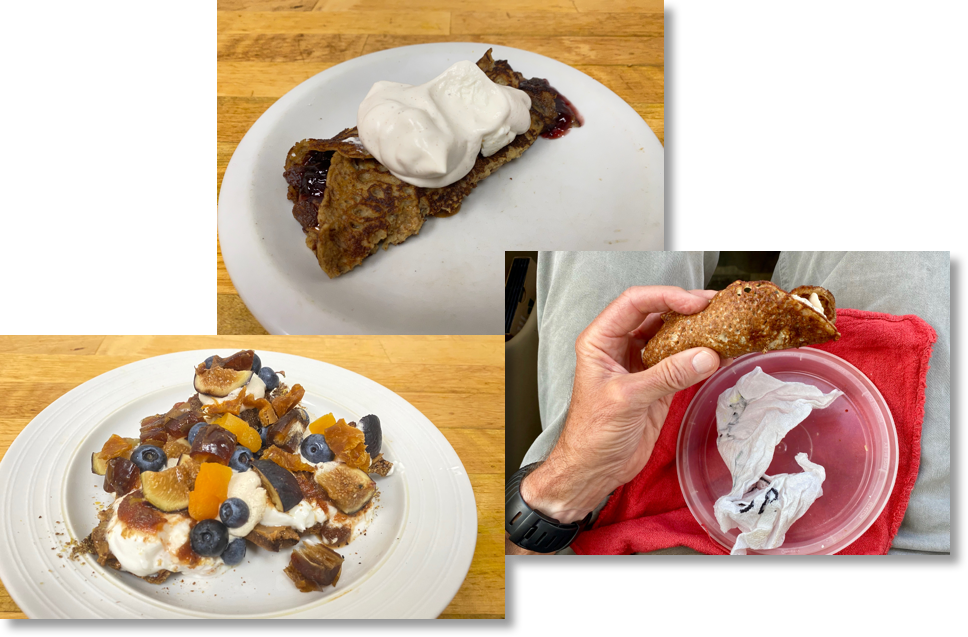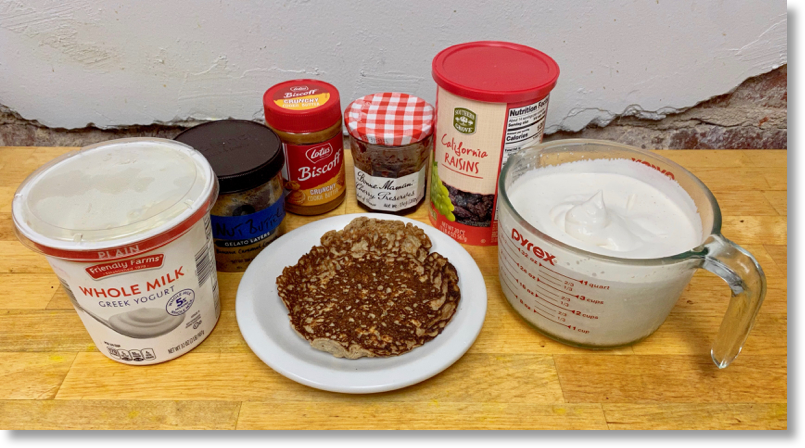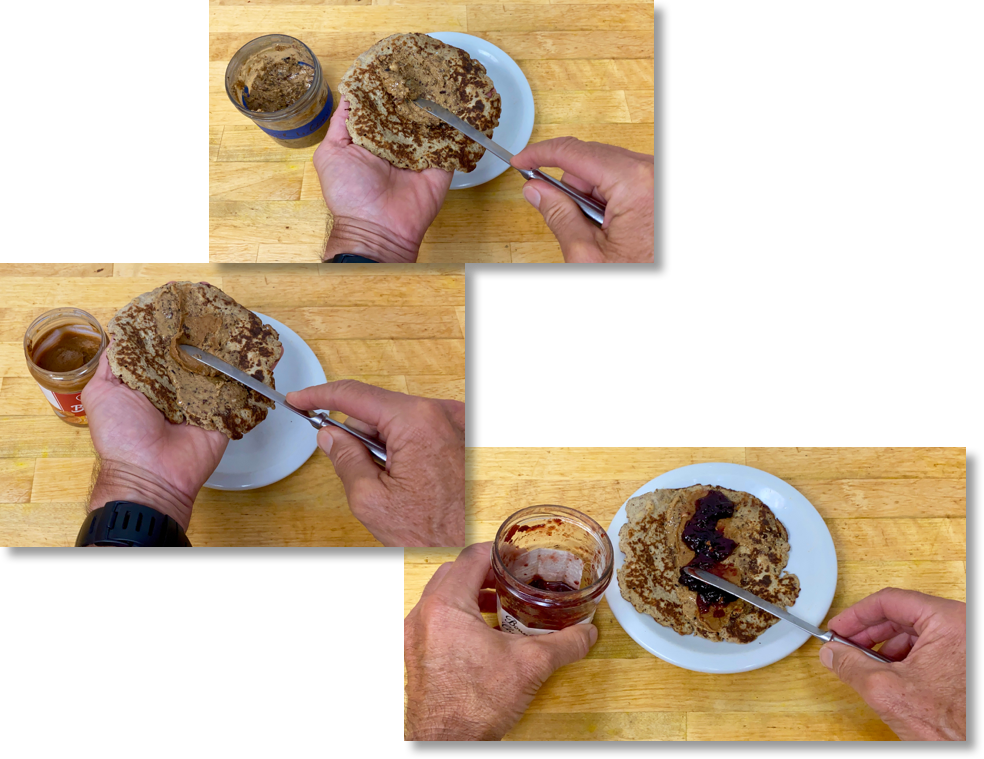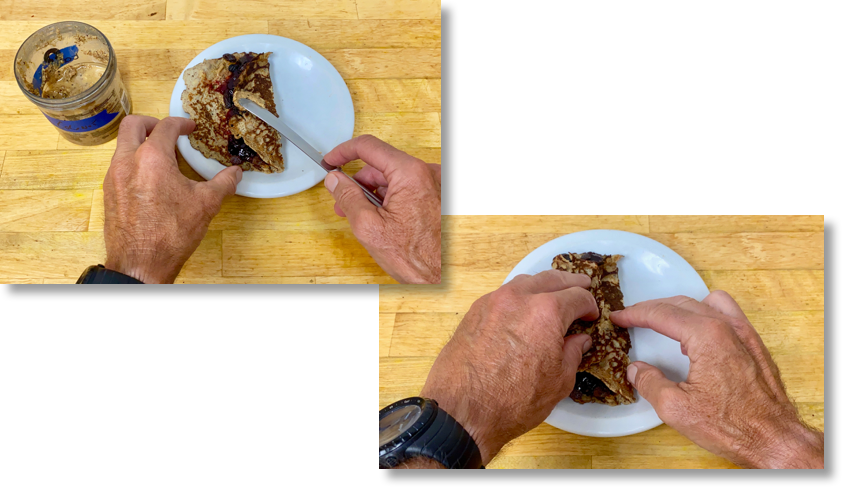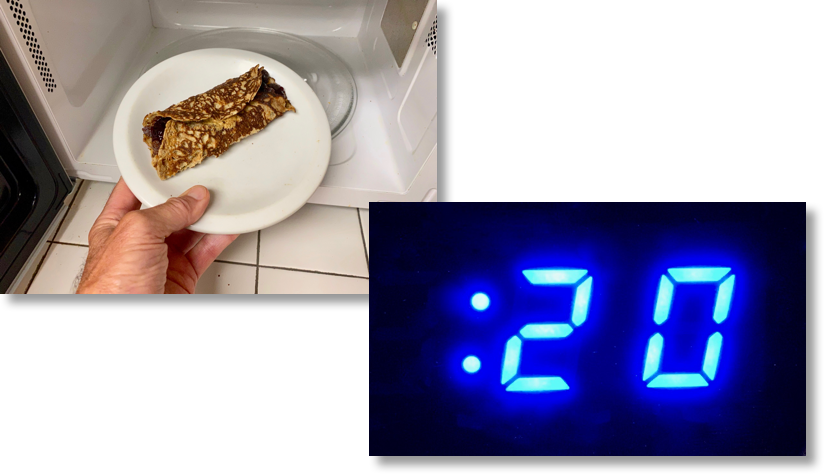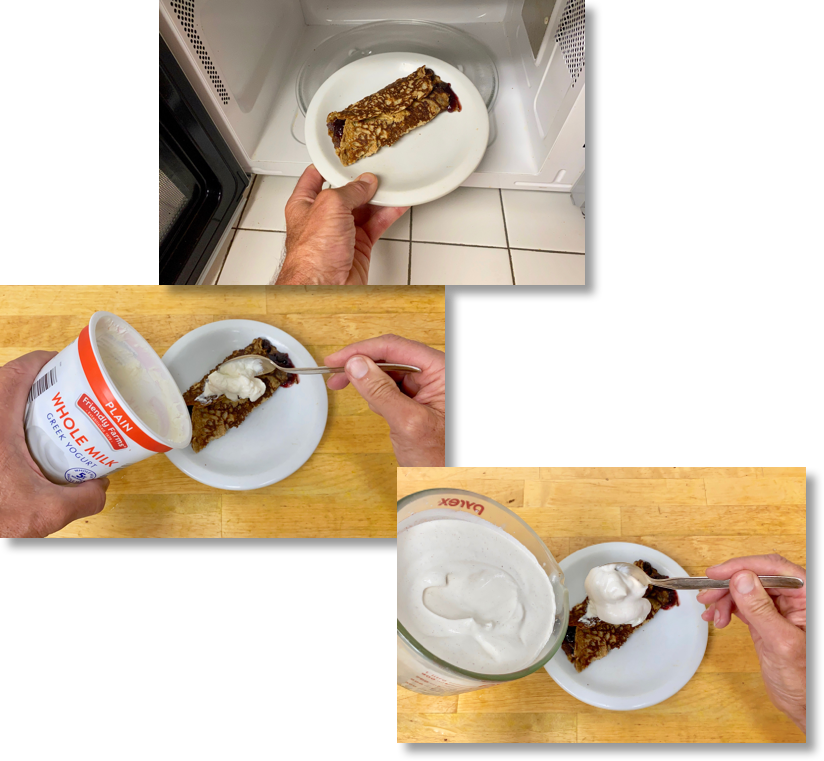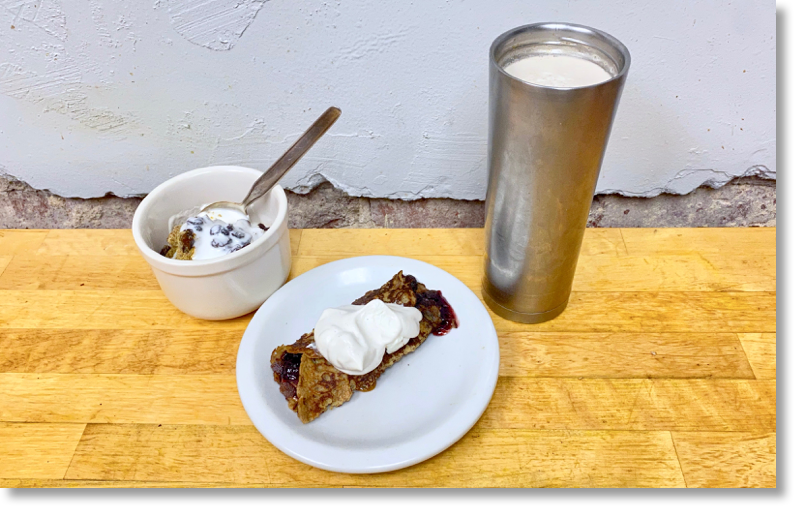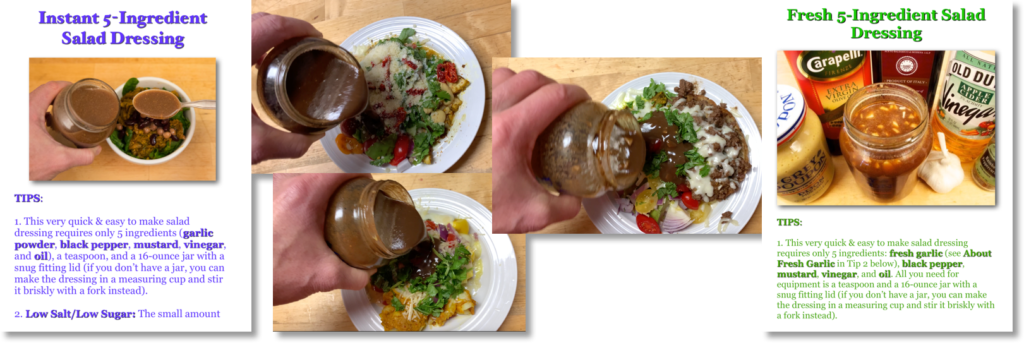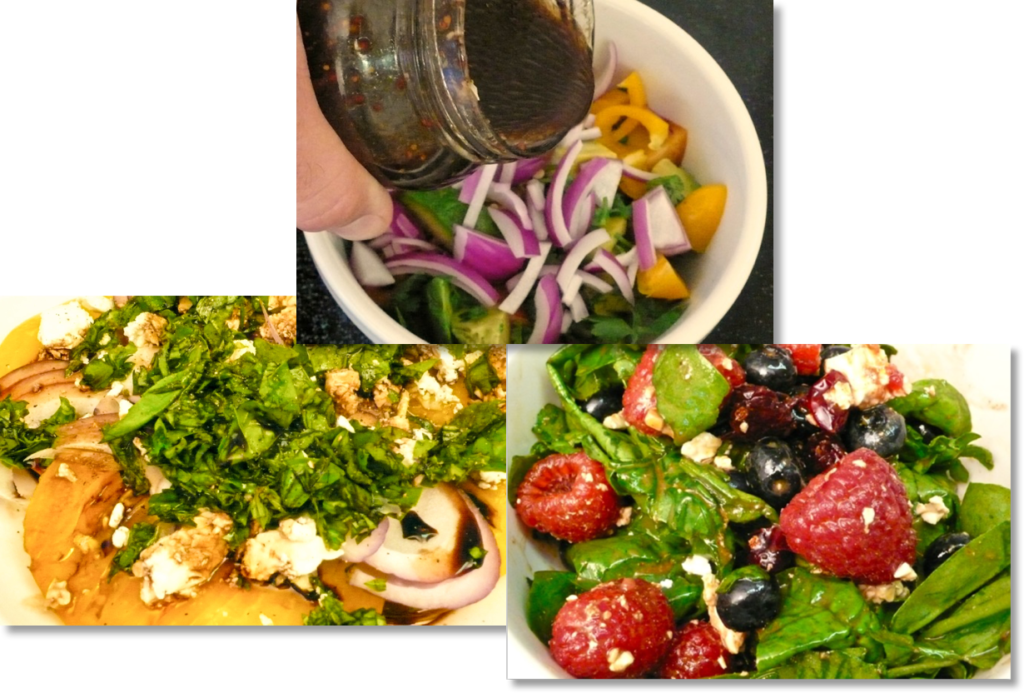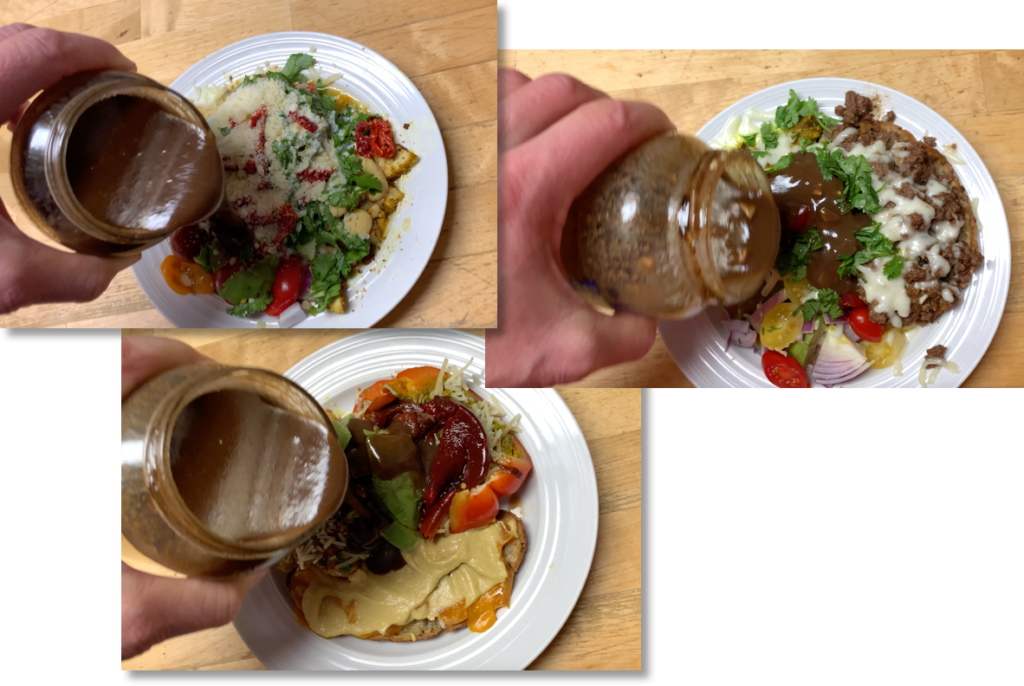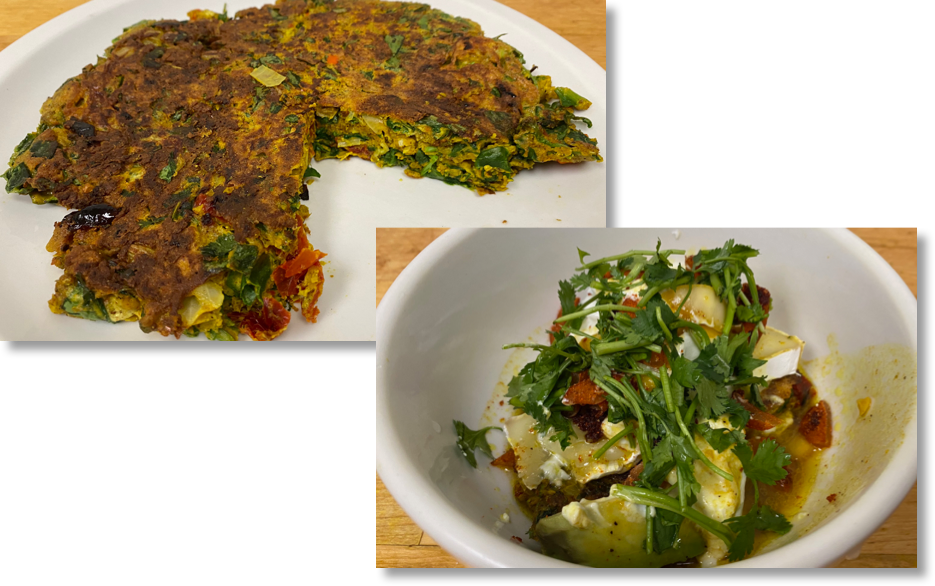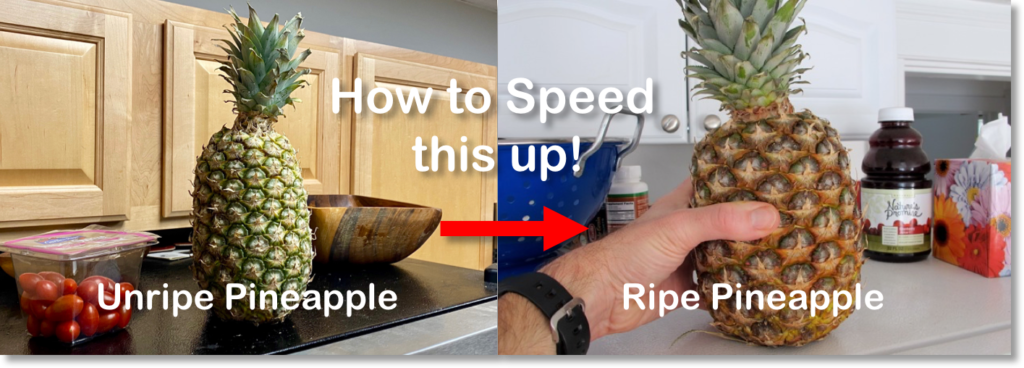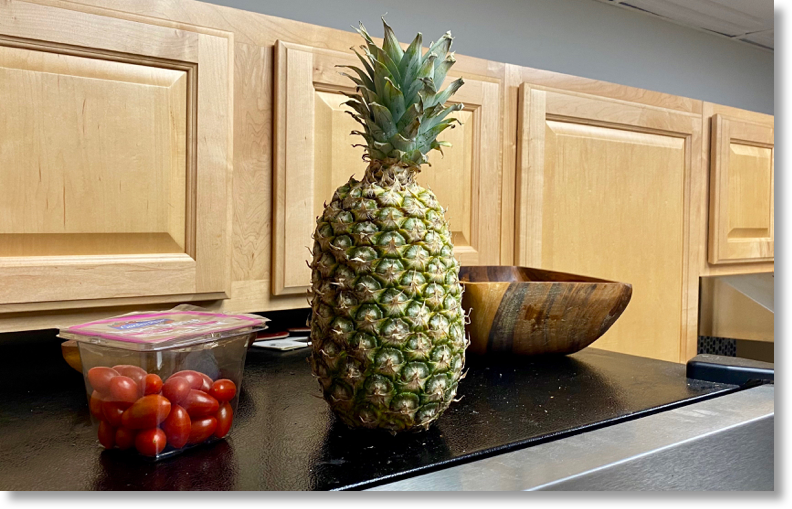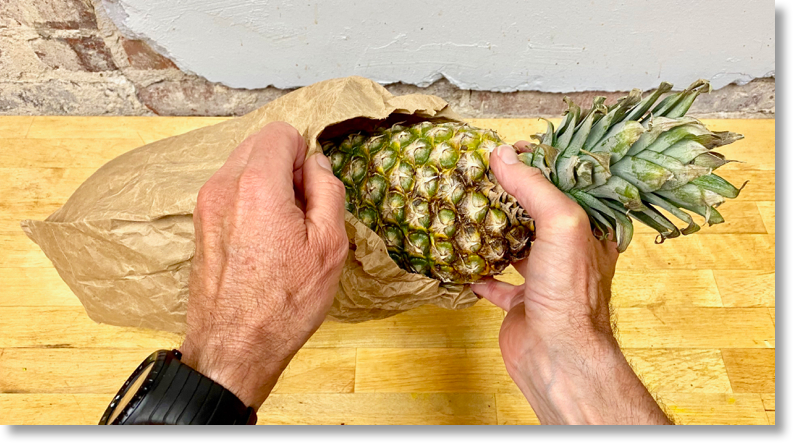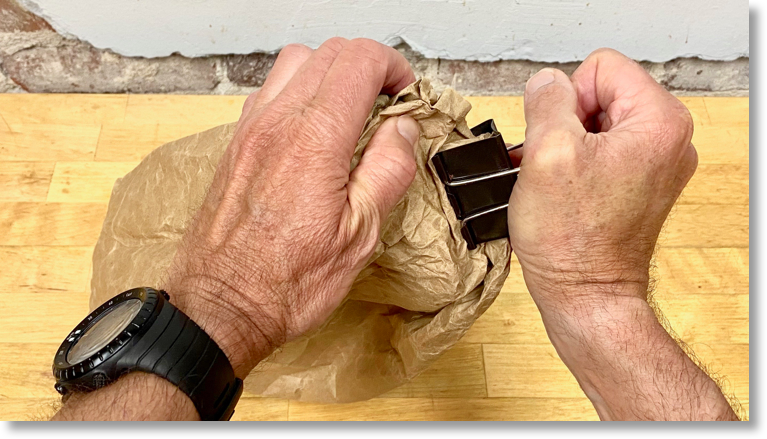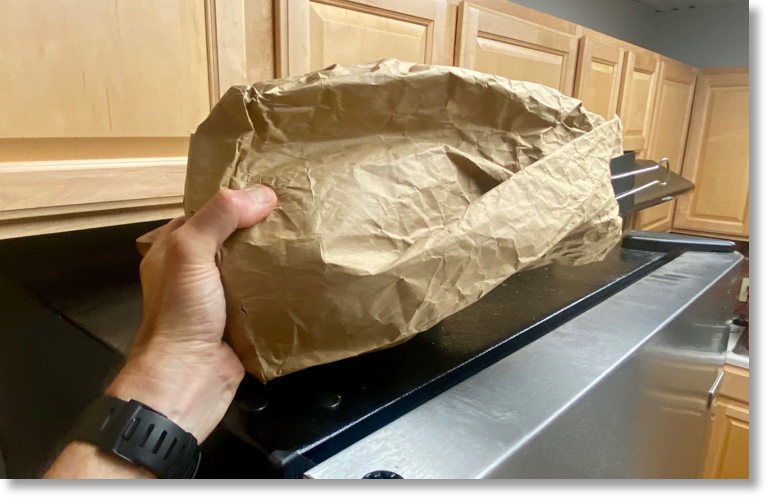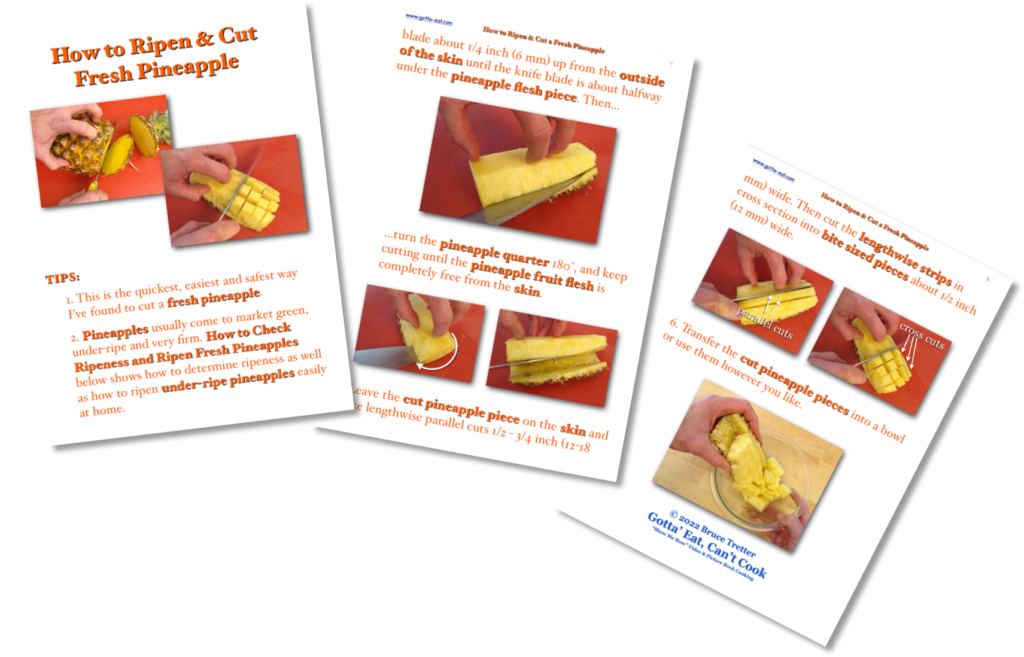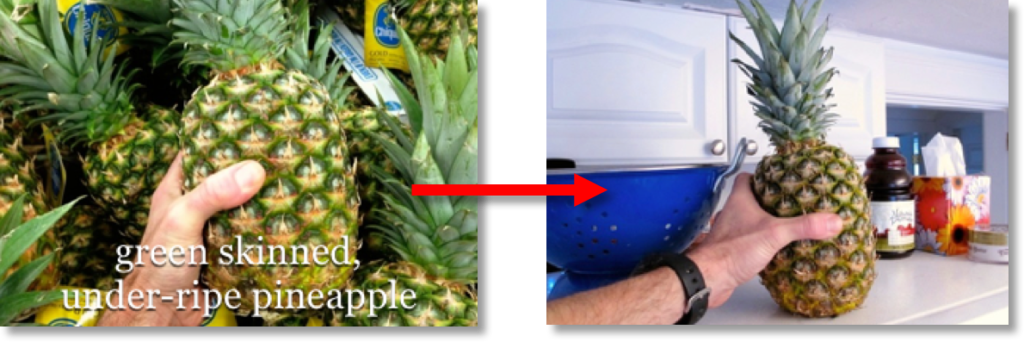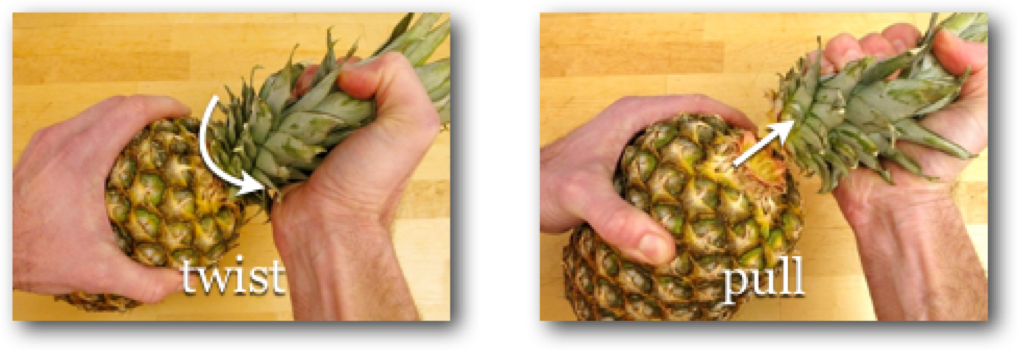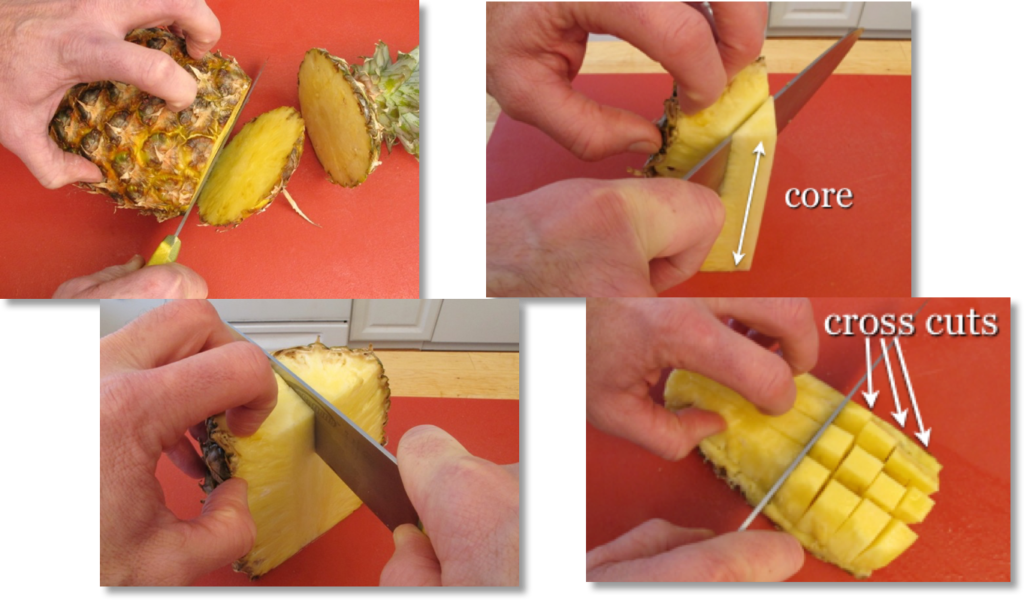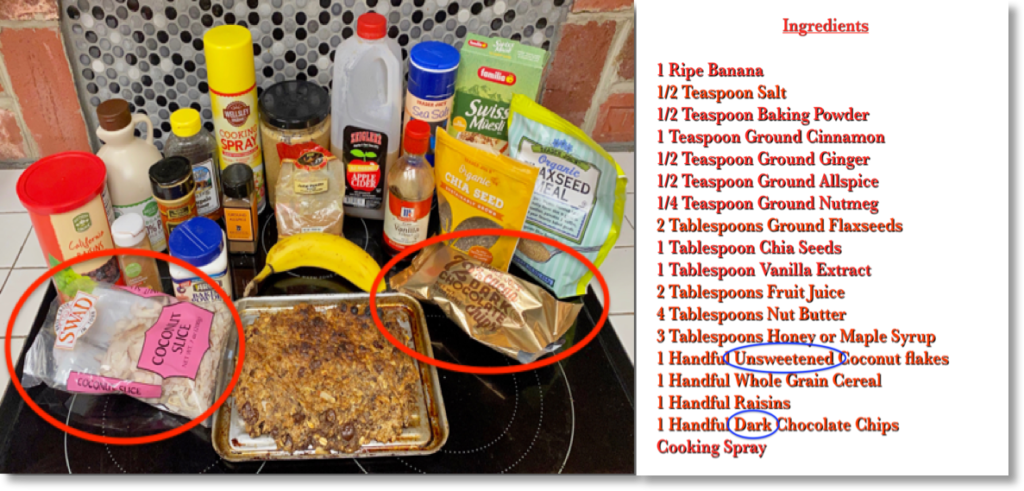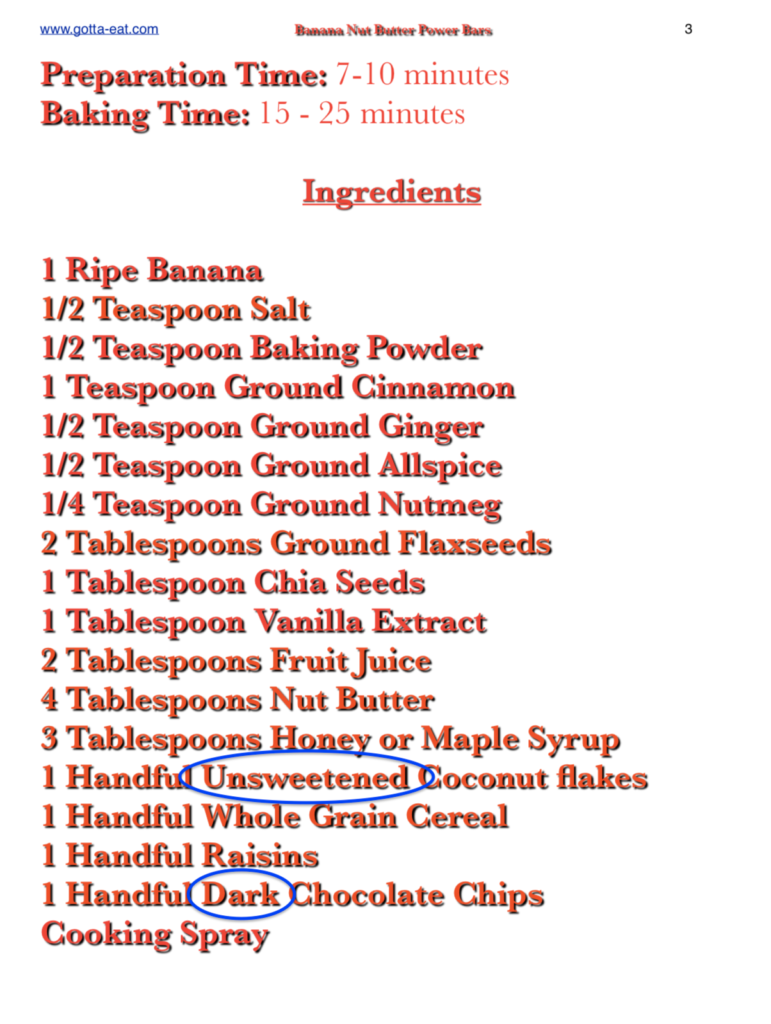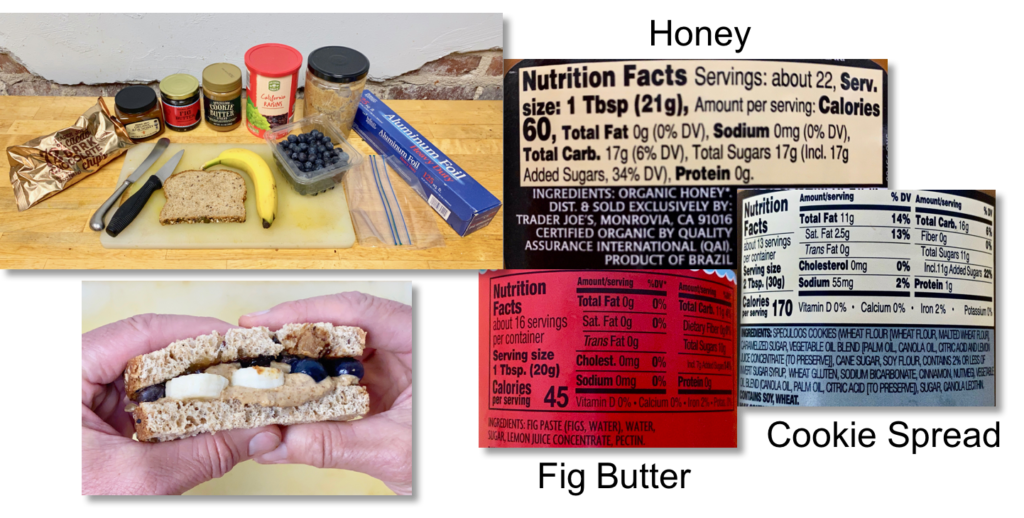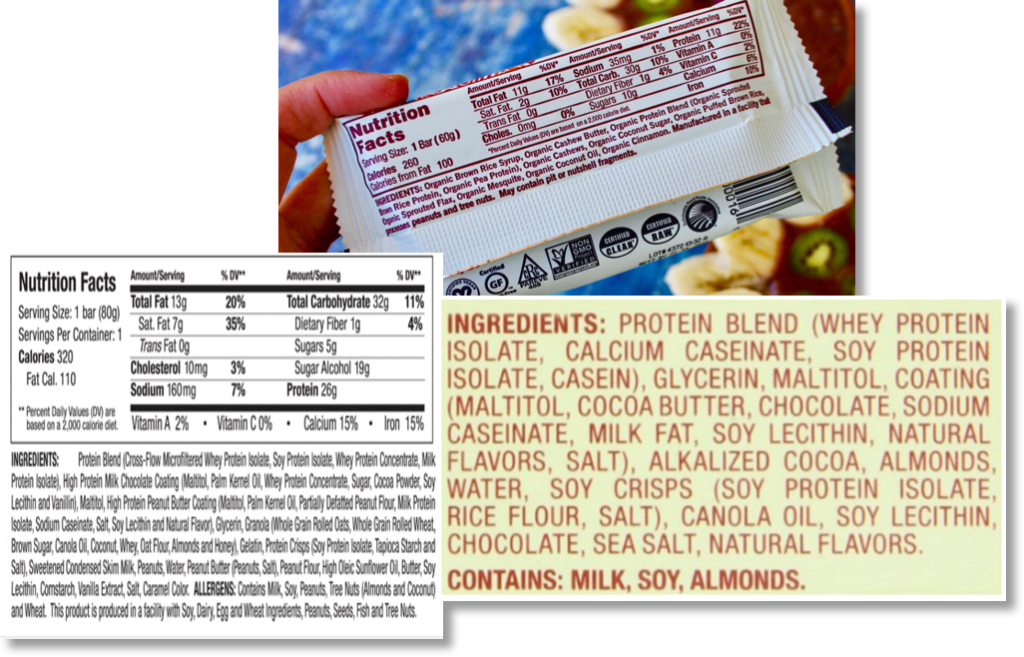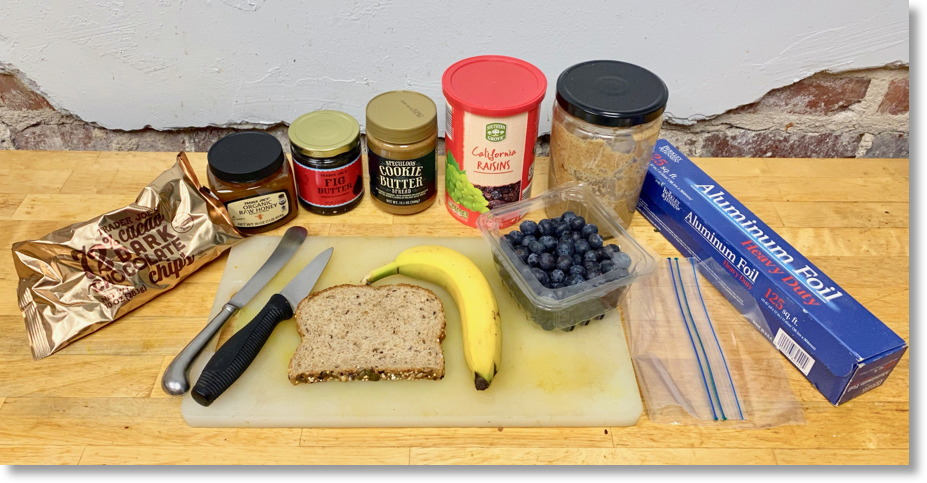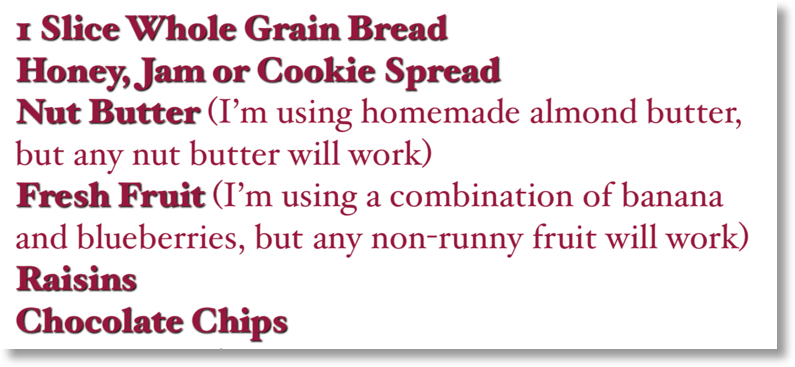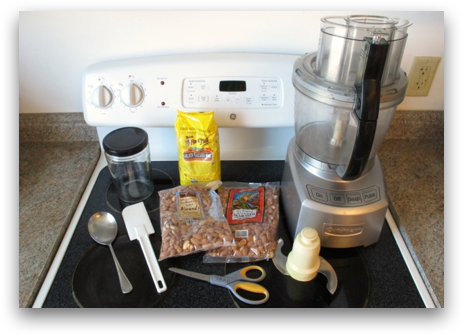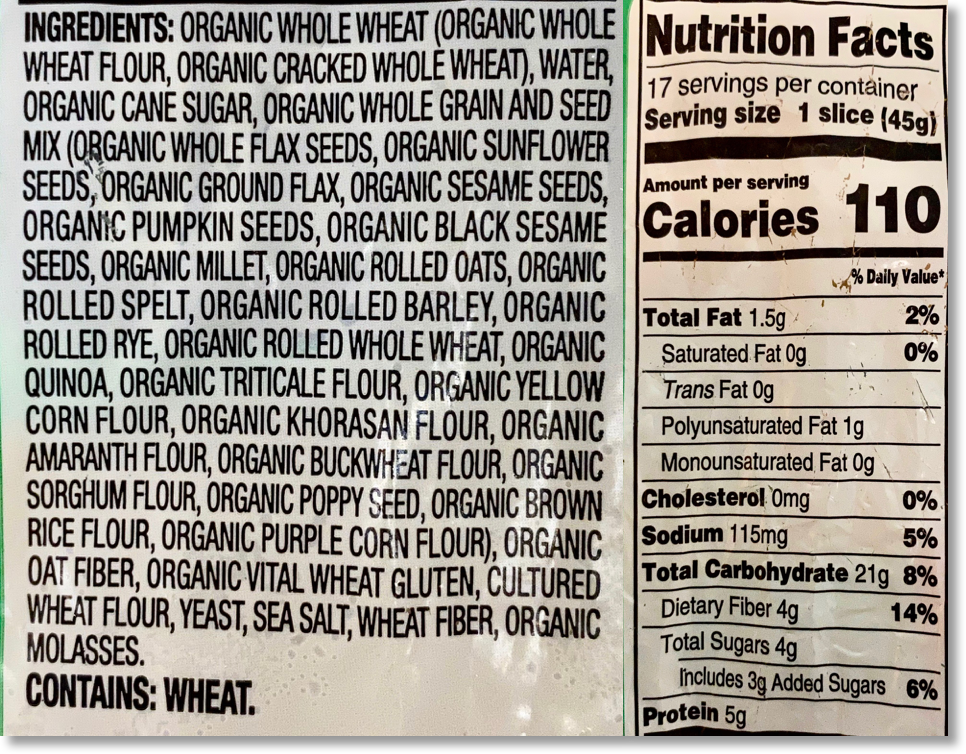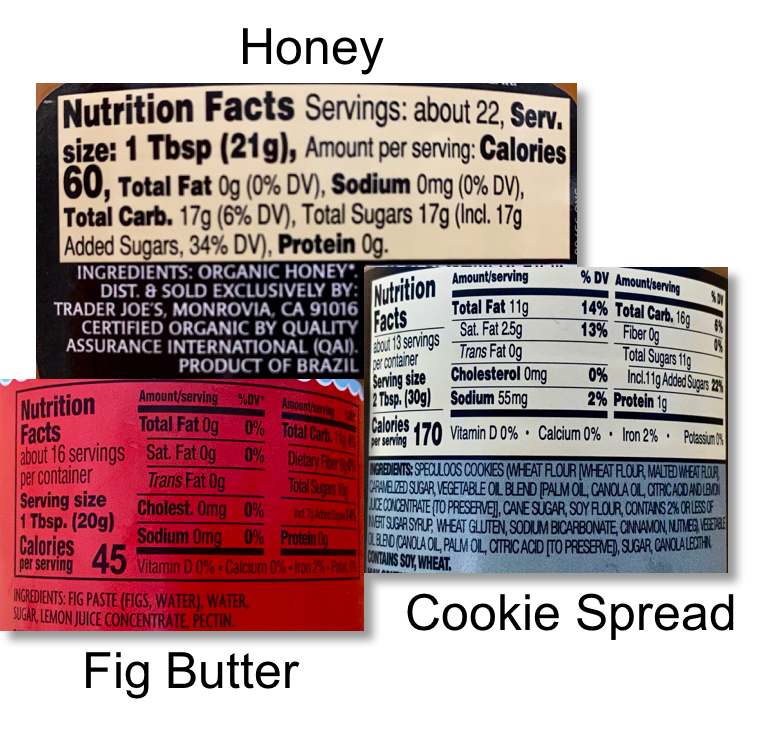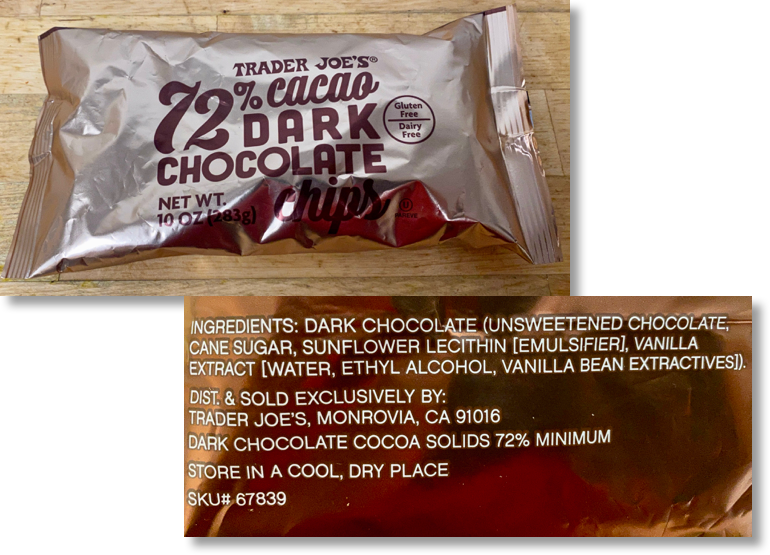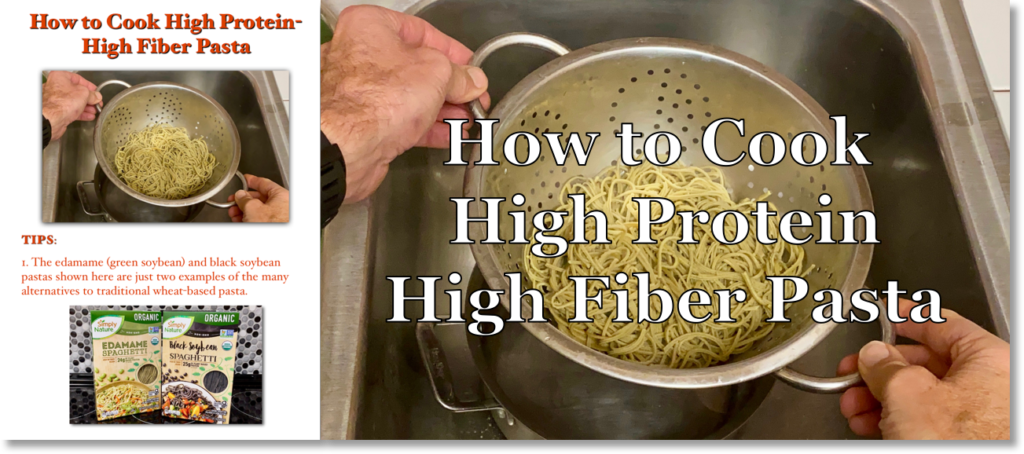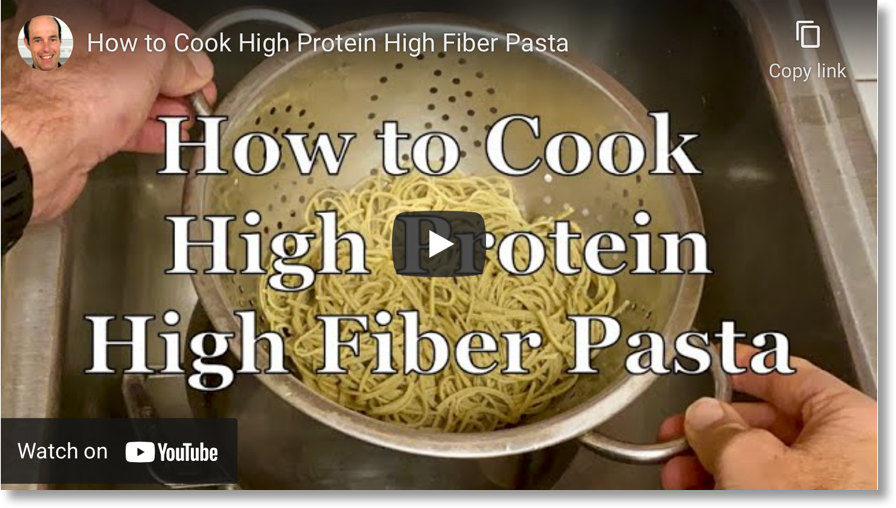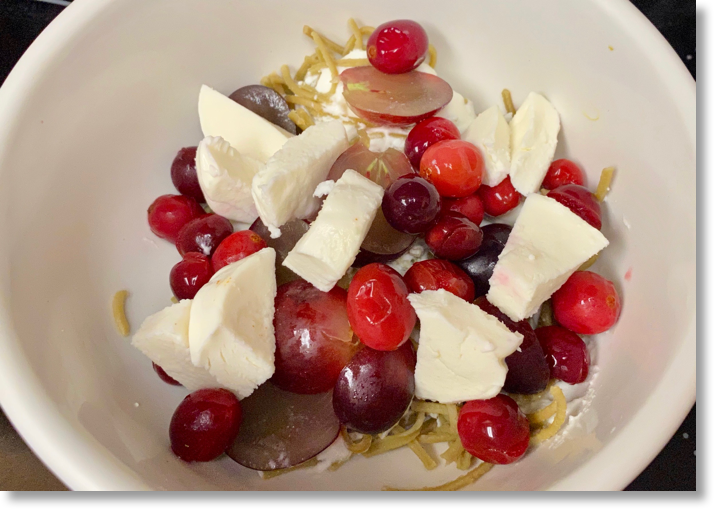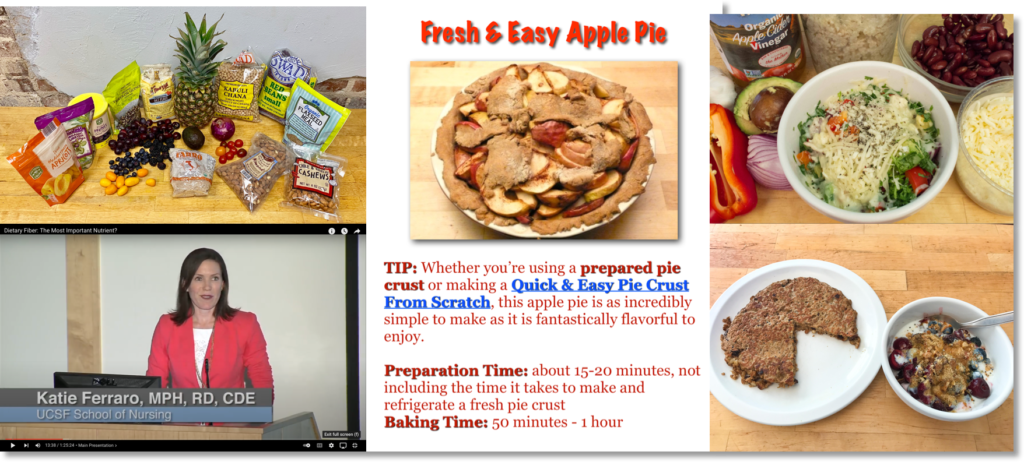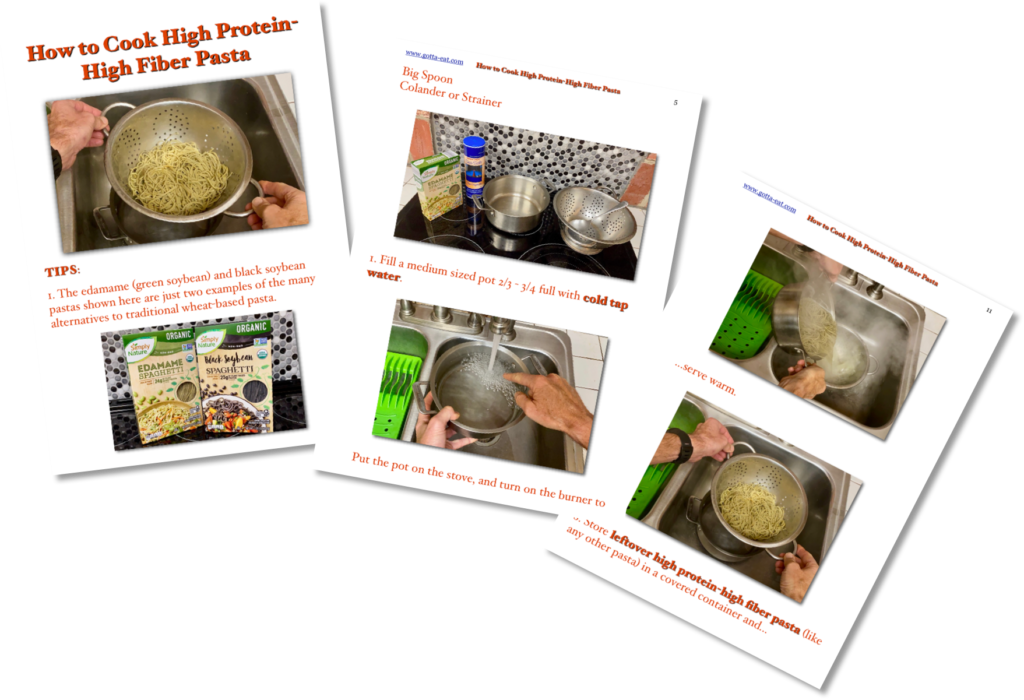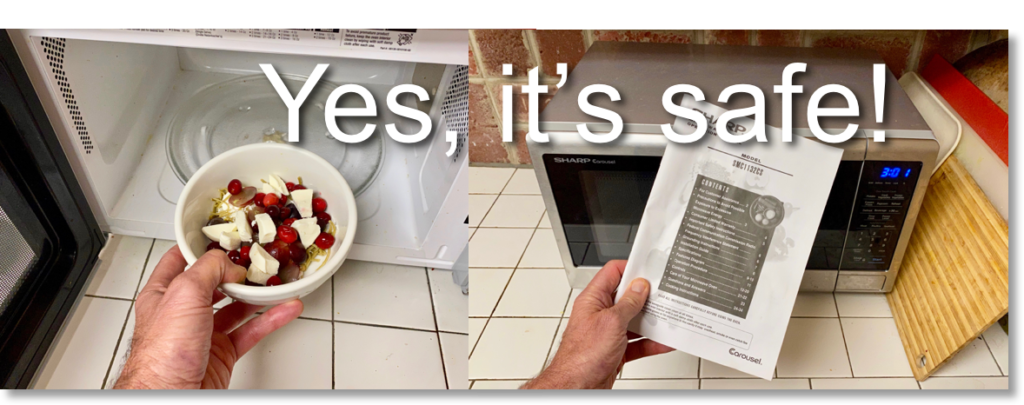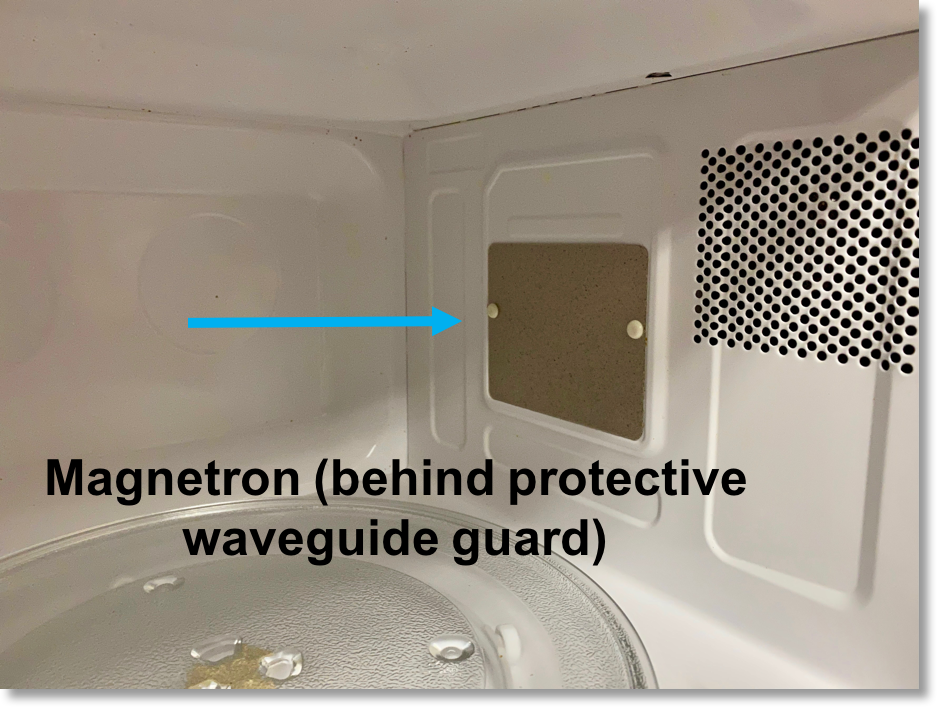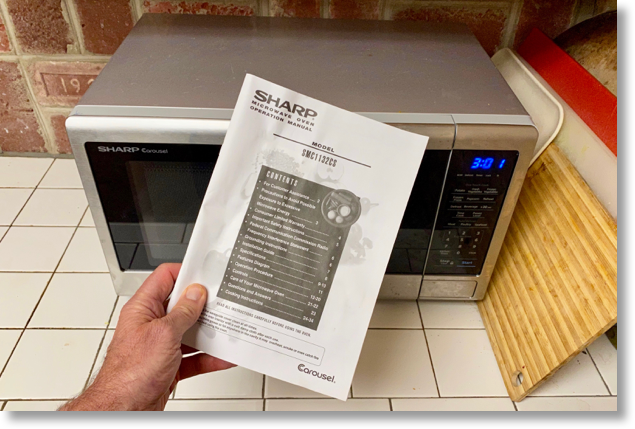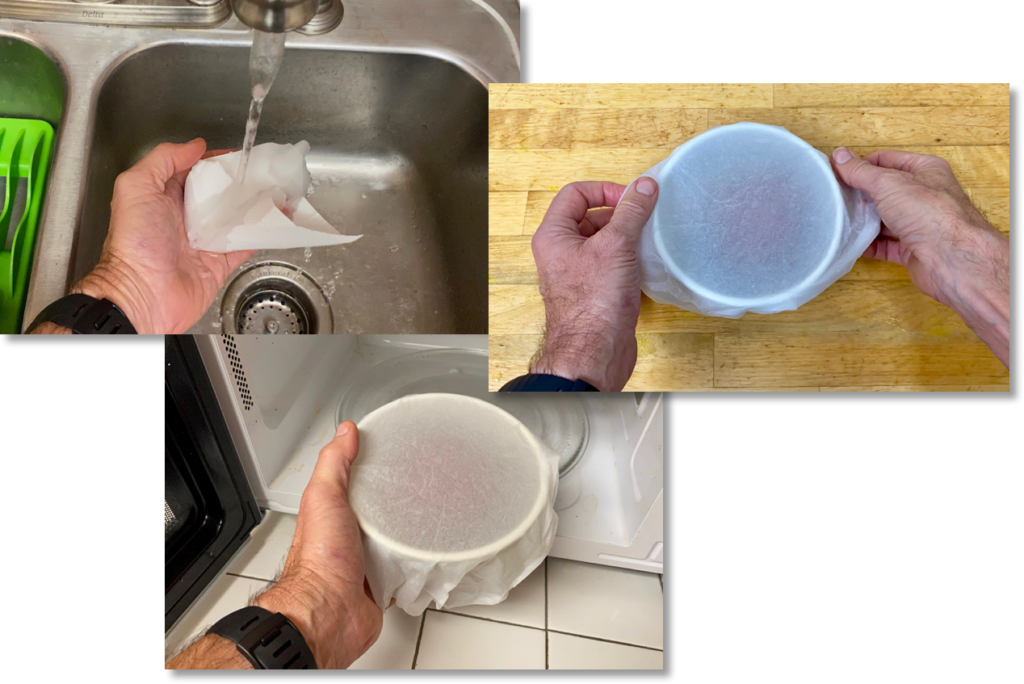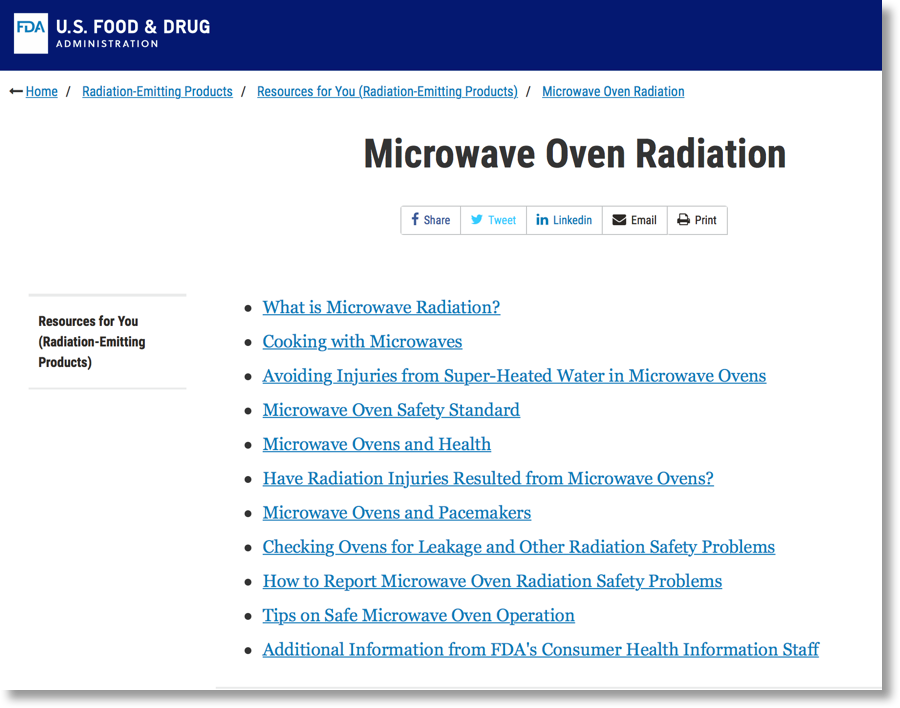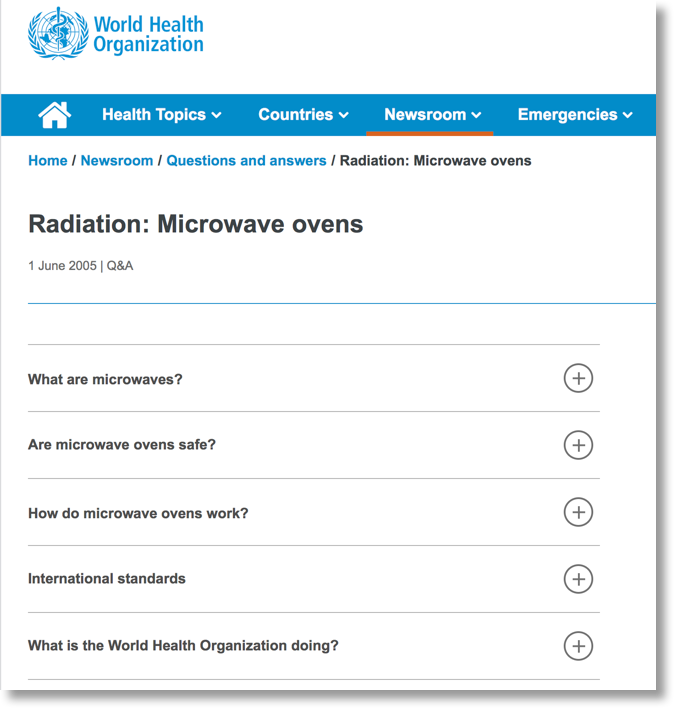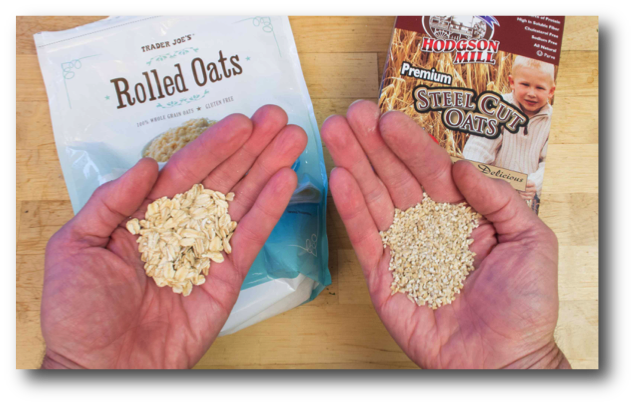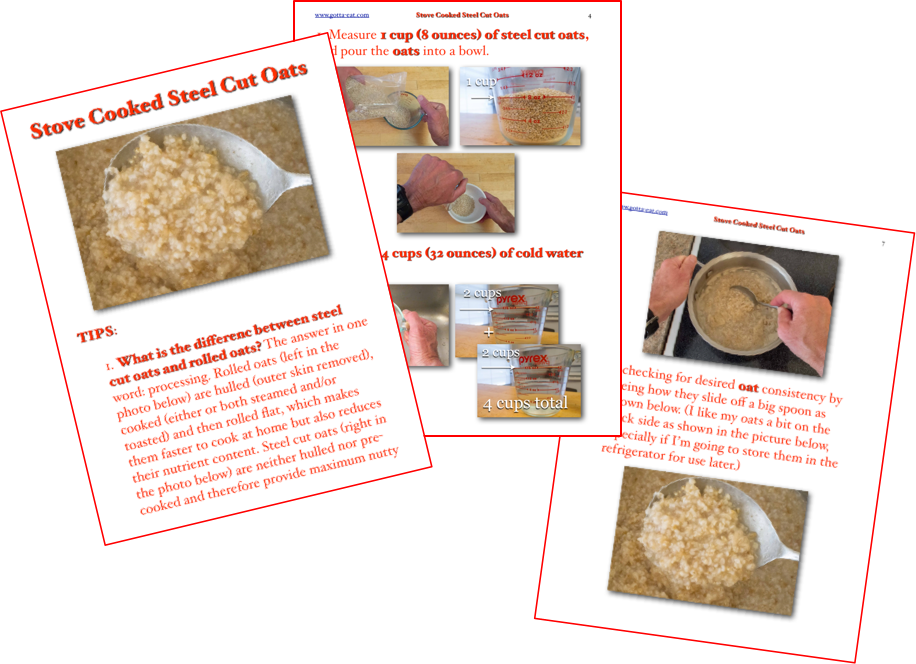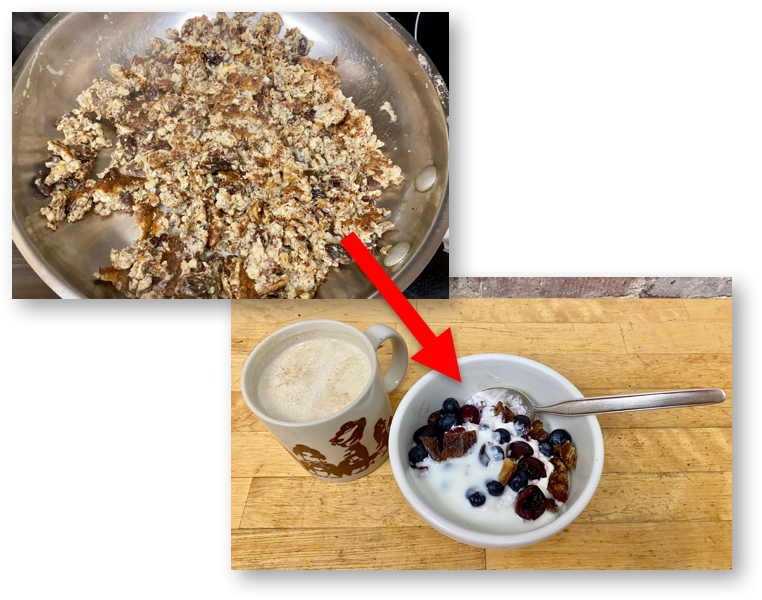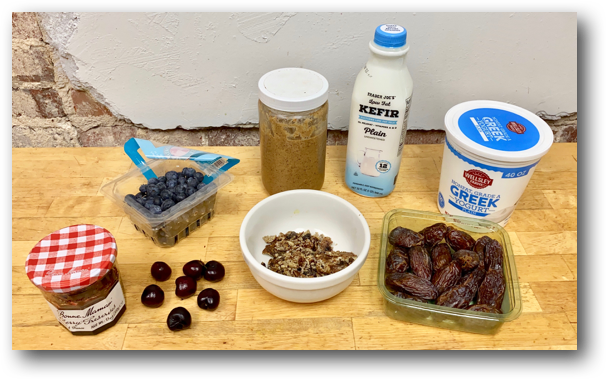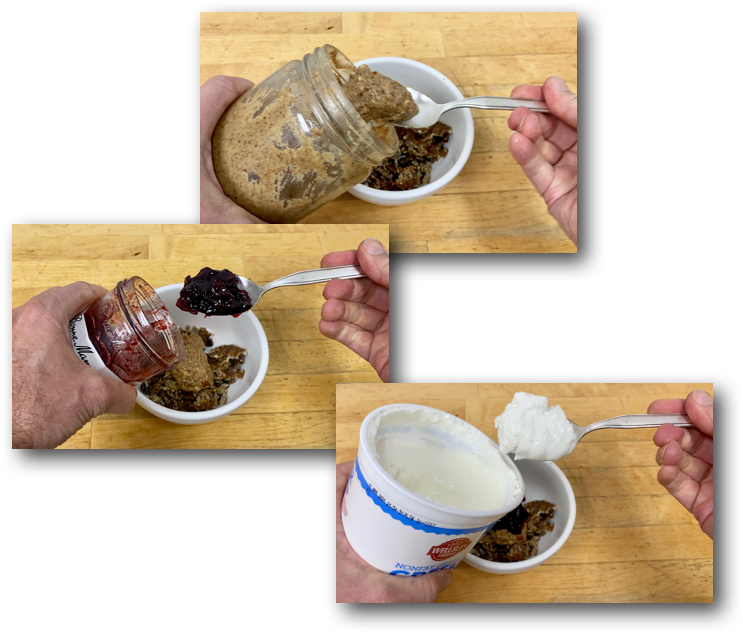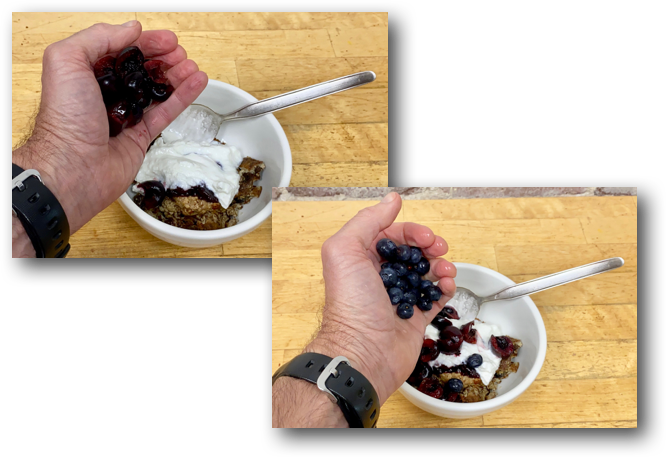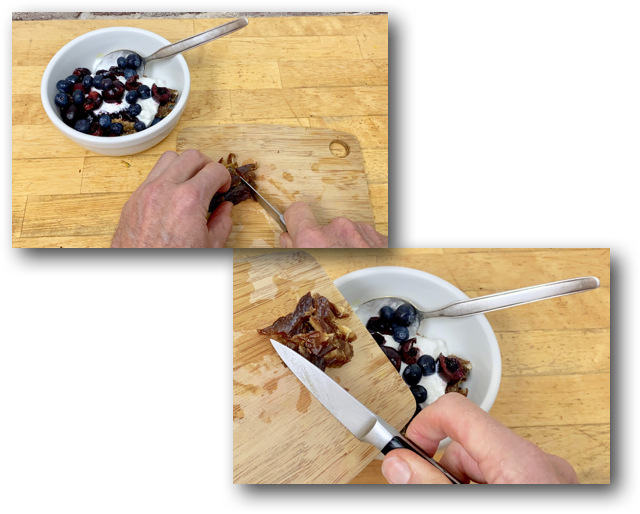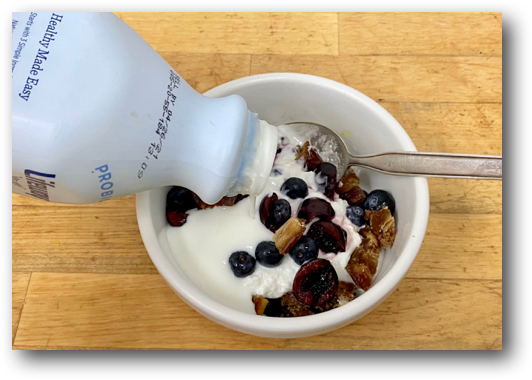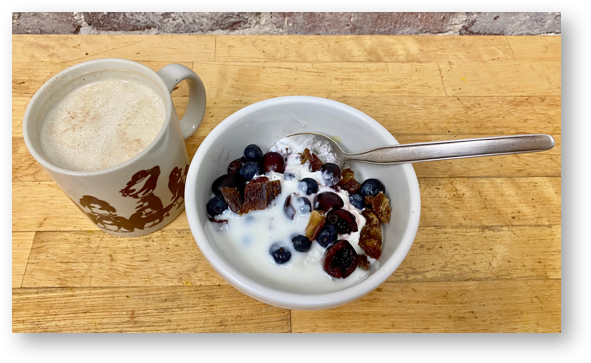Last post – I know, quite a while ago – showed how to make fresh crepes, which are just as easy to make as flapjack pancakes but are way more versatile, as shown with just a few examples above.
Whether you use your own crepes or pre-made store bought crepes, the top middle version, filled with nut butter and jam and topped with yogurt and whipped cream is very easy to make, killer flavorful and great power fuel for any kind of strenuous activity because of its combination of simple “get up and go!” sugars from the jam and cookie spread (optional), complex carbs from the flour in the crepe, protein from the egg in the crepe, Greek yogurt and nut butter, and fats from nut butter, yogurt (if you use whole milk yogurt) and whipped cream.
Here’s what I use to put together a crepe like this: homemade crepe (which can be substituted with a prepared, store bought crepe), then from left to right: whole milk Greek yogurt, almond butter, cookie spread (optional – I love both added flavor and light crunch!), jam, raisins and whipped cream.
Start by spreading nut butter, cookie spread (optional) and jam down the middle of the crepe.
I fold over one of the crepe thirds and add a dab of nut butter to the middle of that third and then fold over the opposing third, as shown below, to keep the crepe folded in place when I warm it in the microwave oven.
Warm the filled crepe in the microwave oven for 20 seconds.
Finish buy topping the warmed crepe with yogurt and whipped cream.
This crepe just by itself is great. Here’s how I have it before a good crunch on the bike that keeps me satisfied completely with no need to refuel on the fly for distances of 30-50+ miles with plenty of North Carolina hills along the way.

 September 26th, 2022
September 26th, 2022 

